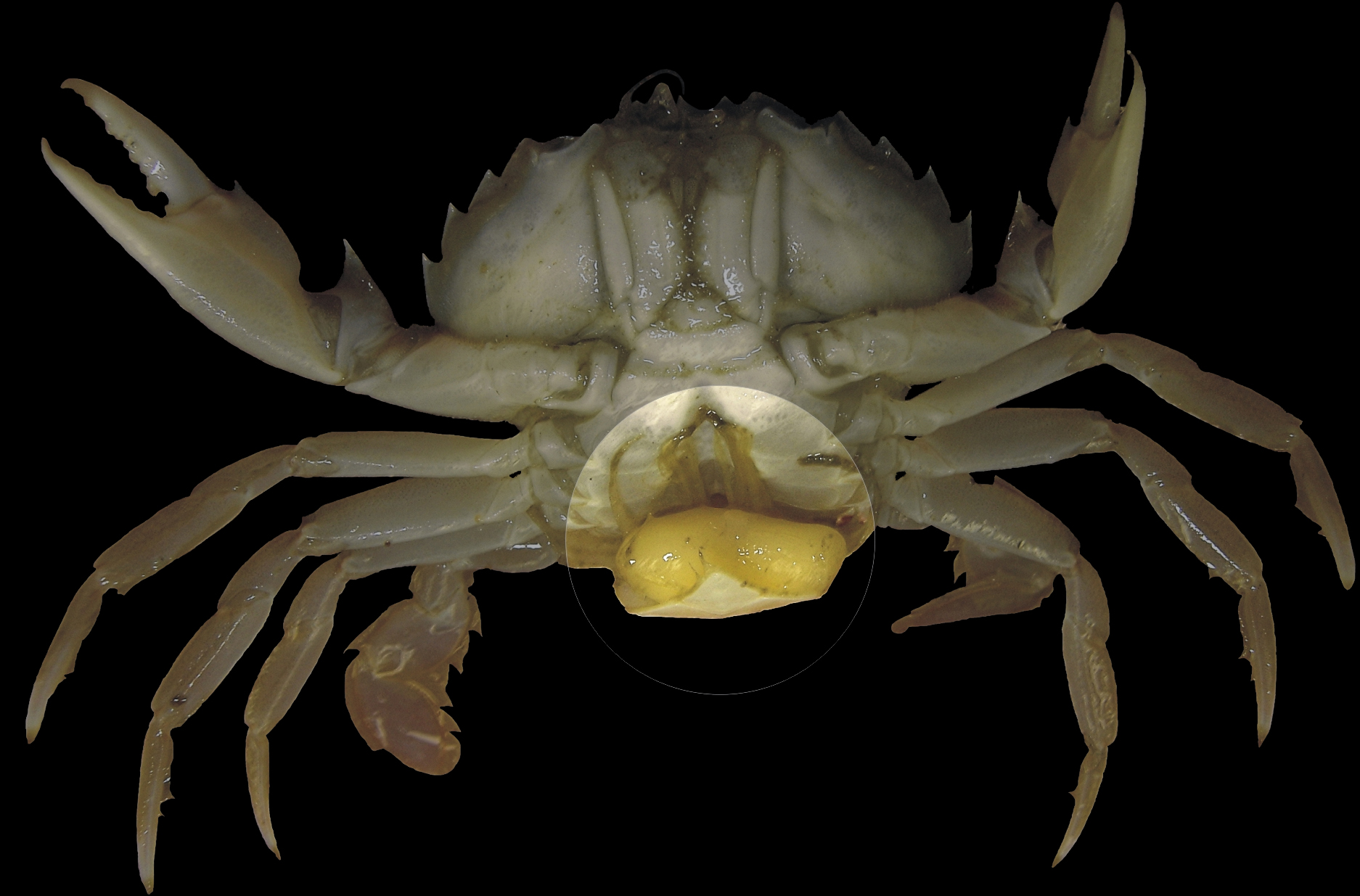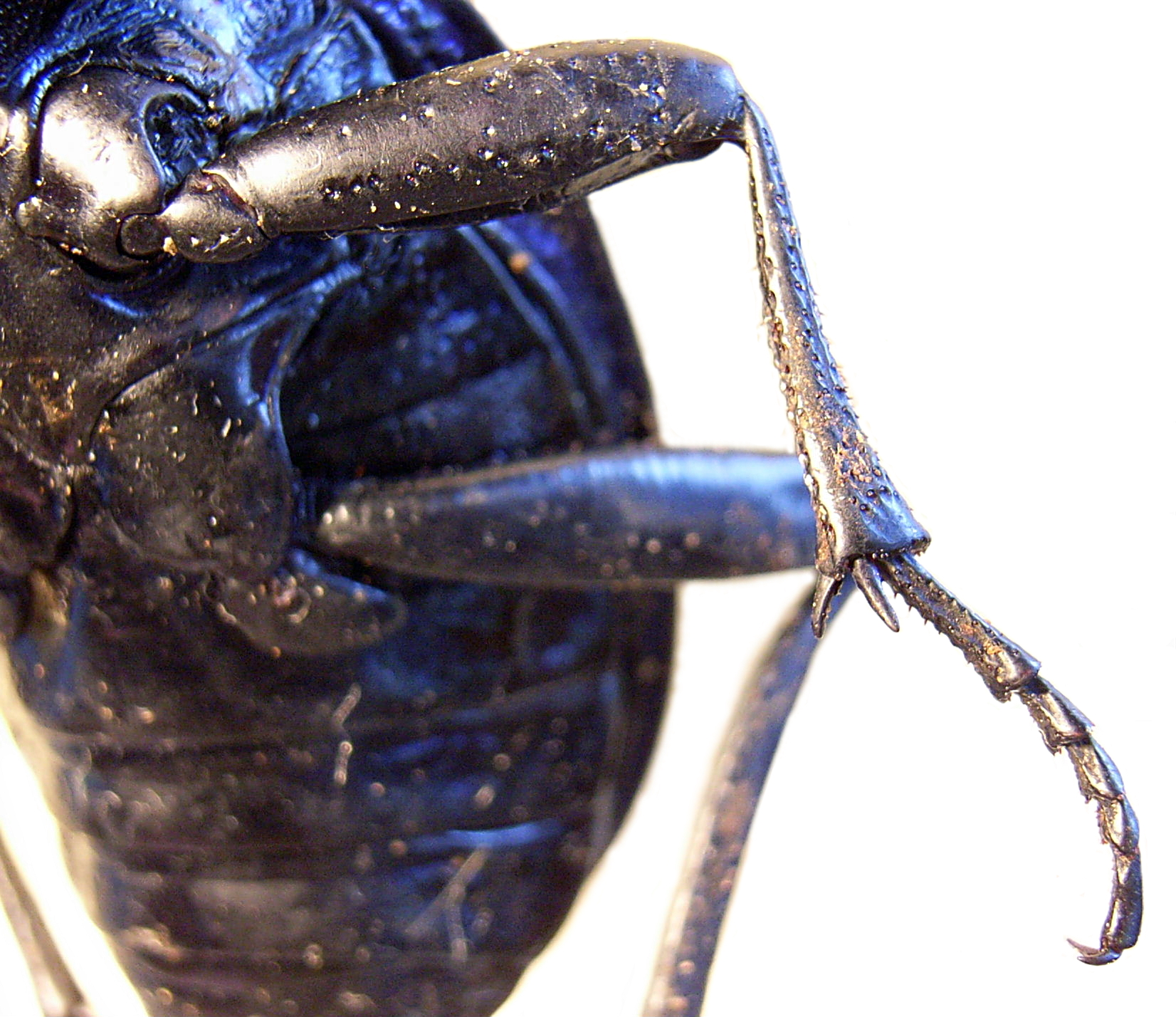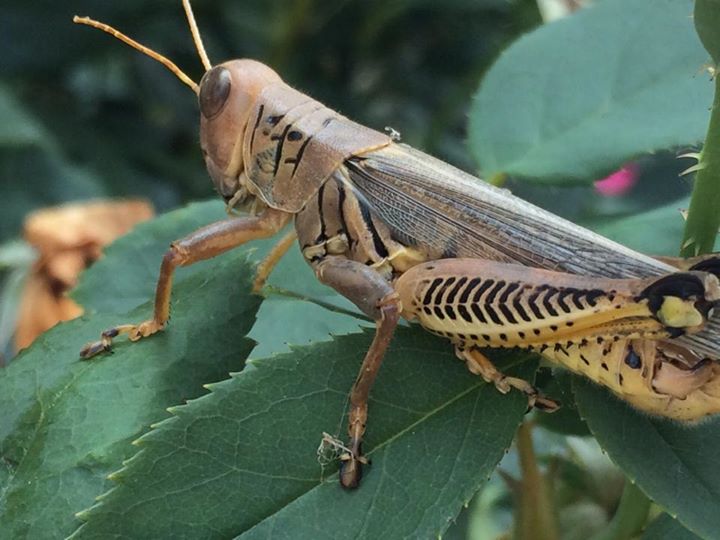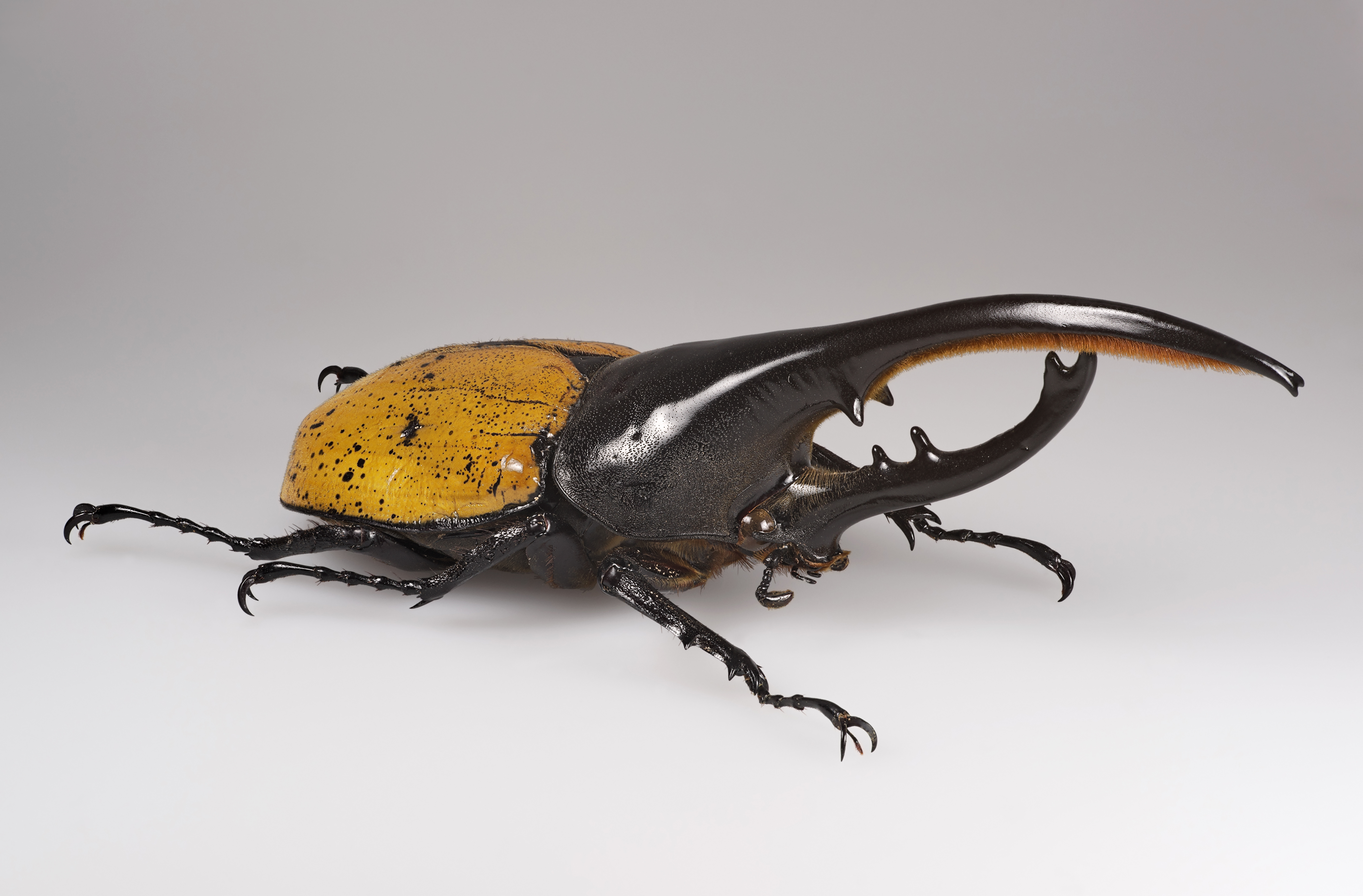|
Rhizocephala
Rhizocephala are derived barnacles that are parasitic castrators. Their hosts are mostly decapod crustaceans, but include Peracarida, mantis shrimps and thoracican barnacles. Their habitats range from the deep ocean to freshwater. Together with their sister groups Thoracica and Acrothoracica, they make up the subclass Cirripedia. Their body plan is uniquely reduced in an extreme adaptation to their parasitic lifestyle, and makes their relationship to other barnacles unrecognisable in the adult form. The name Rhizocephala derives from the Ancient Greek roots (, "root") and (, "head"), describing the adult female, which mostly consists of a network of thread-like extensions penetrating the body of the host. Description and lifecycle As adults they lack appendages, segmentation, and all internal organs except gonads, a few muscles, and the remains of the nervous system. Females also have a cuticle, which is never shed. Other than the minute larval stages, there is nothin ... [...More Info...] [...Related Items...] OR: [Wikipedia] [Google] [Baidu] |
Sacculina
''Sacculina'' is a genus of barnacles that is a parasitic castrator of crabs. They belong to a group called ''Rhizocephala''. The adults bear no resemblance to the barnacles that cover ships and piers; they are recognised as barnacles because their larval forms are like other members of the barnacle class Cirripedia. The prevalence of this crustacean parasite in its crab host can be as high as 50%. Habitat ''Sacculina'' live in a marine environment. During their larval stage they are pelagic, but as they form into adults they live as ectoparasites on crabs. Their primary host is the green crab, which is native to the Eastern Atlantic Ocean. Though these crabs have spread to other bodies of waters, it is not believed that ''Sacculina'' barnacles have traveled with them to these new localities. Anatomy The body of the adult parasite can be divided into two parts: one part is called the "externa" where the bulbous reproductive organ of the parasite sticks out of the abdomen of ... [...More Info...] [...Related Items...] OR: [Wikipedia] [Google] [Baidu] |
Appendage
An appendage (or outgrowth) is an external body part, or natural prolongation, that protrudes from an organism's body. In arthropods, an appendage refers to any of the homologous body parts that may extend from a body segment, including antennae, mouthparts (including mandibles, maxillae and maxillipeds), gills, locomotor legs ( pereiopods for walking, and pleopods for swimming), sexual organs (gonopods), and parts of the tail (uropods). Typically, each body segment carries one pair of appendages. An appendage which is modified to assist in feeding is known as a maxilliped or gnathopod. In vertebrates, an appendage can refer to a locomotor part such as a tail, fins on a fish, limbs (legs, flippers or wings) on a tetrapod; exposed sex organ; defensive parts such as horns and antlers; or sensory organs such as auricles, proboscis ( trunk and snout) and barbels. Appendages may become ''uniramous'', as in insects and centipedes, where each appendage comprises a single ... [...More Info...] [...Related Items...] OR: [Wikipedia] [Google] [Baidu] |
Hepatopancreas
The hepatopancreas, digestive gland or midgut gland is an organ of the digestive tract of arthropods and molluscs. It provides the functions which in mammals are provided separately by the liver and pancreas, including the production of digestive enzymes, and absorption of digested food. Arthropods Arthropods, especially detritivores in the Order Isopoda, Suborder Oniscidea ( woodlice), have been shown to be able to store heavy metals in their hepatopancreas. This could lead to bioaccumulation through the food chain and implications for food web destruction, if the accumulation gets high enough in polluted areas; for example, high metal concentrations are seen in spiders of the genus '' Dysdera'' which feed on woodlice, including their hepatopancreas, the major metal storage organ of isopods in polluted sites. Molluscs The hepatopancreas is a centre for lipid metabolism and for storage of lipids in gastropods.Böer M., Graeve M. & Kattner G. (2006). "Exceptional long- ... [...More Info...] [...Related Items...] OR: [Wikipedia] [Google] [Baidu] |
Digestive System
The human digestive system consists of the gastrointestinal tract plus the accessory organs of digestion (the tongue, salivary glands, pancreas, liver, and gallbladder). Digestion involves the breakdown of food into smaller and smaller components, until they can be absorbed and assimilated into the body. The process of digestion has three stages: the cephalic phase, the gastric phase, and the intestinal phase. The first stage, the cephalic phase of digestion, begins with secretions from gastric glands in response to the sight and smell of food. This stage includes the mechanical breakdown of food by chewing, and the chemical breakdown by digestive enzymes, that takes place in the mouth. Saliva contains the digestive enzymes amylase, and lingual lipase, secreted by the salivary and serous glands on the tongue. Chewing, in which the food is mixed with saliva, begins the mechanical process of digestion. This produces a bolus which is swallowed down the esophagus to enter the st ... [...More Info...] [...Related Items...] OR: [Wikipedia] [Google] [Baidu] |
Hemolymph
Hemolymph, or haemolymph, is a fluid, analogous to the blood in vertebrates, that circulates in the interior of the arthropod (invertebrate) body, remaining in direct contact with the animal's tissues. It is composed of a fluid plasma in which hemolymph cells called hemocytes are suspended. In addition to hemocytes, the plasma also contains many chemicals. It is the major tissue type of the open circulatory system characteristic of arthropods (e.g. arachnids, crustaceans and insects). In addition, some non-arthropods such as molluscs possess a hemolymphatic circulatory system. Oxygen-transport systems were long thought unnecessary in insects, but ancestral and functional hemocyanin has been found in the hemolymph. Insect "blood" generally does not carry hemoglobin, although hemoglobin may be present in the tracheal system instead and play some role in respiration. Method of transport In the grasshopper, the closed portion of the system consists of tubular hearts and an aort ... [...More Info...] [...Related Items...] OR: [Wikipedia] [Google] [Baidu] |
Antennule
Antennae ( antenna), sometimes referred to as "feelers", are paired appendages used for sensing in arthropods. Antennae are connected to the first one or two segments of the arthropod head. They vary widely in form but are always made of one or more jointed segments. While they are typically sensory organs, the exact nature of what they sense and how they sense it is not the same in all groups. Functions may variously include sensing touch, air motion, heat, vibration (sound), and especially smell or taste. Antennae are sometimes modified for other purposes, such as mating, brooding, swimming, and even anchoring the arthropod to a substrate. Larval arthropods have antennae that differ from those of the adult. Many crustaceans, for example, have free-swimming larvae that use their antennae for swimming. Antennae can also locate other group members if the insect lives in a group, like the ant. The common ancestor of all arthropods likely had one pair of uniramous (unbranched) a ... [...More Info...] [...Related Items...] OR: [Wikipedia] [Google] [Baidu] |
Metamorphosis (biology)
Metamorphosis is a biological process by which an animal physically develops including birth or hatching, involving a conspicuous and relatively abrupt change in the animal's body structure through cell growth and differentiation. Some insects, fish, amphibians, mollusks, crustaceans, cnidarians, echinoderms, and tunicates undergo metamorphosis, which is often accompanied by a change of nutrition source or behavior. Animals can be divided into species that undergo complete metamorphosis (" holometaboly"), incomplete metamorphosis ("hemimetaboly"), or no metamorphosis (" ametaboly"). Scientific usage of the term is technically precise, and it is not applied to general aspects of cell growth, including rapid growth spurts. Generally organisms with a larva stage undergo metamorphosis, and during metamorphosis the organism loses larval characteristics. References to "metamorphosis" in mammals are imprecise and only colloquial, but historically idealist ideas of transformation an ... [...More Info...] [...Related Items...] OR: [Wikipedia] [Google] [Baidu] |
Ecdysis
Ecdysis is the moulting of the cuticle in many invertebrates of the clade Ecdysozoa. Since the cuticle of these animals typically forms a largely inelastic exoskeleton, it is shed during growth and a new, larger covering is formed. The remnants of the old, empty exoskeleton are called exuviae. After moulting, an arthropod is described as ''teneral'', a ''callow''; it is "fresh", pale and soft-bodied. Within one or two hours, the cuticle hardens and darkens following a tanning process analogous to the production of leather. During this short phase the animal expands, since growth is otherwise constrained by the rigidity of the exoskeleton. Growth of the limbs and other parts normally covered by the hard exoskeleton is achieved by transfer of body fluids from soft parts before the new skin hardens. A spider with a small abdomen may be undernourished but more probably has recently undergone ecdysis. Some arthropods, especially large insects with tracheal respiration, expand thei ... [...More Info...] [...Related Items...] OR: [Wikipedia] [Google] [Baidu] |
Cyprid
A barnacle is a type of arthropod constituting the subclass Cirripedia in the subphylum Crustacea, and is hence related to crabs and lobsters. Barnacles are exclusively marine, and tend to live in shallow and tidal waters, typically in erosive settings. They are sessile (nonmobile) and most are suspension feeders, but those in infraclass Rhizocephala are highly specialized parasites on crustaceans. They have four nektonic (active swimming) larval stages. Around 1,000 barnacle species are currently known. The name is Latin, meaning "curl-footed". The study of barnacles is called cirripedology. Description Barnacles are encrusters, attaching themselves temporarily to a hard substrate or a symbiont such as a whale (whale barnacles), a sea snake (''Platylepas ophiophila''), or another crustacean, like a crab or a lobster (Rhizocephala). The most common among them, "acorn barnacles" (Sessilia), are sessile where they grow their shells directly onto the substrate. Pedunculate ba ... [...More Info...] [...Related Items...] OR: [Wikipedia] [Google] [Baidu] |
Nauplius (larva)
Crustaceans may pass through a number of larval and immature stages between hatching from their eggs and reaching their adult form. Each of the stages is separated by a ecdysis, moult, in which the hard exoskeleton is shed to allow the animal to grow. The larvae of crustaceans often bear little resemblance to the adult, and there are still cases where it is not known what larvae will grow into what adults. This is especially true of crustaceans which live as benthic adults (on the sea bed), more-so than where the larvae are planktonic, and thereby easily caught. Many crustacean larvae were not immediately recognised as larvae when they were discovered, and were described as new genera and species. The names of these genera have become generalised to cover specific larval stages across wide groups of crustaceans, such as ''zoea'' and ''nauplius''. Other terms described forms which are only found in particular groups, such as the ''glaucothoe'' of hermit crabs, or the ''phyllosoma'' ... [...More Info...] [...Related Items...] OR: [Wikipedia] [Google] [Baidu] |
Arthropod Cuticle
The cuticle forms the major part of the integument of the Arthropoda. It includes most of the material of the exoskeleton of the insects, Crustacea, Arachnida, and Myriapoda. Morphology In arthropods, the integument, the external "skin", or "shell", is the product of a single layer of ectodermal epithelium. That layer is attached to the external or distal surface of the deepest layer, the non-cellular internal membrane of the integument. That non-cellular membrane is called the basement membrane. The layer of epithelium on the basement membrane produces the cuticle, which begins as a tough, flexible layer of chitin. Such thin, flexible chitin is the major structural part of the integument where flexibility is necessary, such as in bodily parts that must stretch to contain accumulated liquids, or that form joints between rigid parts of the exoskeleton. In other parts of the cuticle the function of the integument demands more rigid materials, such as armoured regions or the biting ... [...More Info...] [...Related Items...] OR: [Wikipedia] [Google] [Baidu] |









